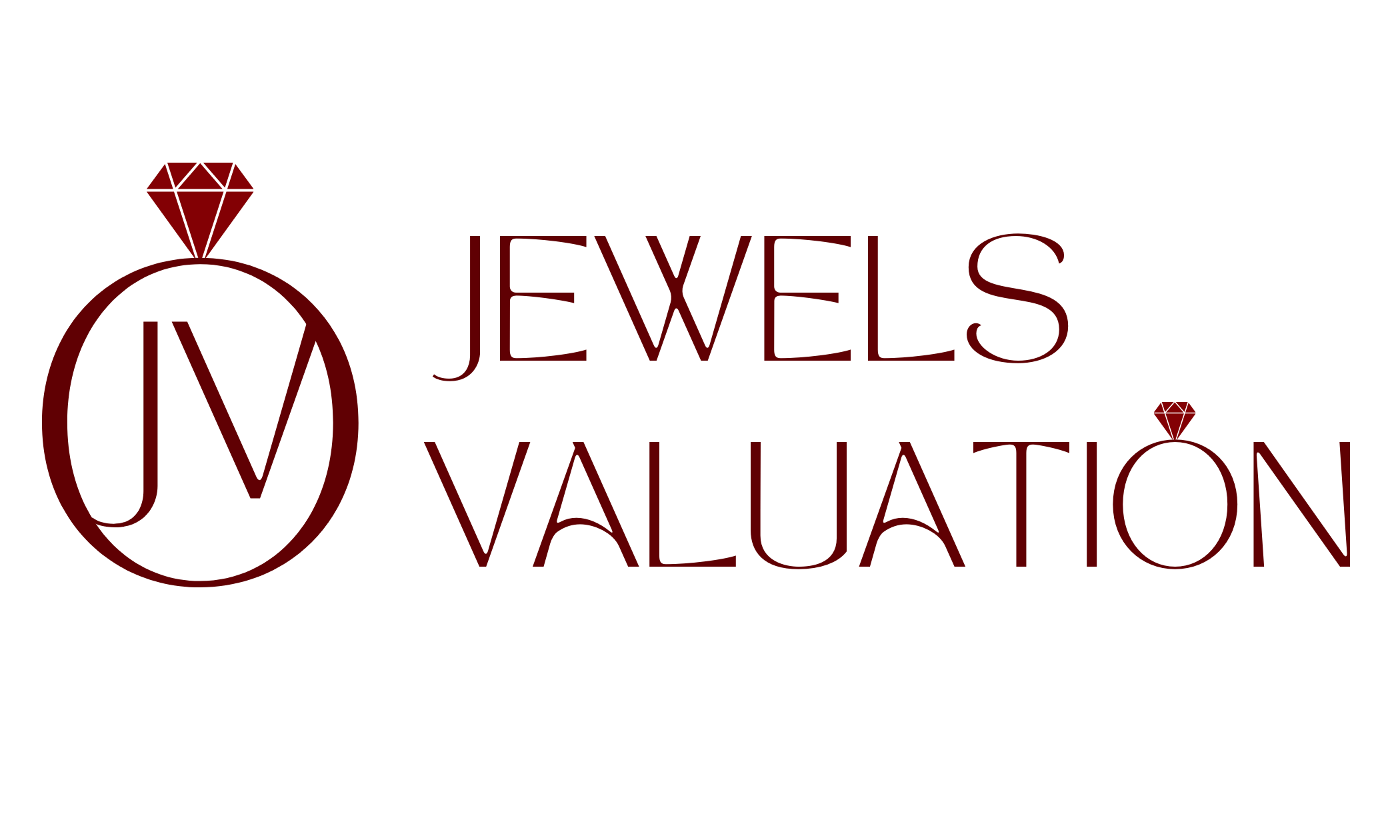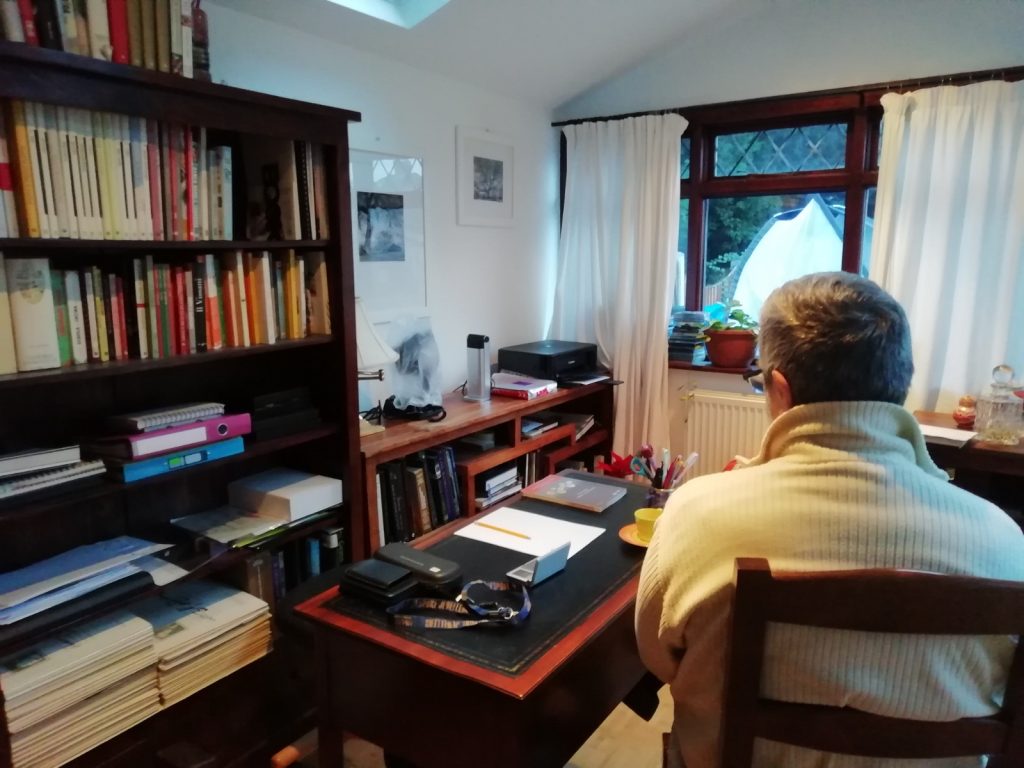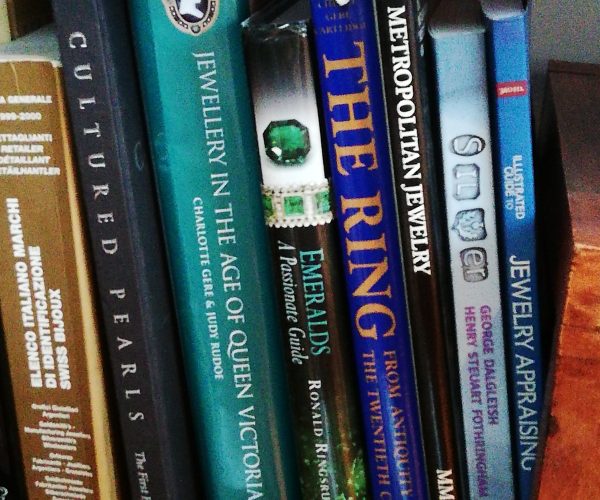It’s early morning: before the first insurance jewellery valuation, I am having my breakfast – soya milk coffee with yogurt. I need to hurry up. My customer will arrive at 9.30am. Before he arrives, I have to tidy the studio. Yesterday, I finished my jewellery valuations quite late, leaving room for improvement on the tidiness front!
There is a lot of preparatory work with a valuation. I need to undertake a lot of research using both the computer and also a variety of written material, such as books and magazines. I put everything back in its place: microscope, loupe, books, magazines and I am ready.
My customer called me 2 days ago as he received a letter from his insurance company requesting an Independent Insurance valuation. Without this document, the insurance would not cover his ring in case of a claim.
It’s 9.30 am. My customer, Ben, is at the front door and my coffee is ready. He can stay in my office with me, waiting for the end of the first part of the valuation, the phase when I check the piece and I collect all the information that I need. Ben sits down in front of my desk and slowly drinks his traditional Italian coffee. He tells me how he bought the ring in Malta during the holiday as he wanted to propose to her during the traditional religious festivity in mid-August. He did and she accepted! They got married in January.
What does it mean to do a Jewellery Insurance Valuation?
In the meantime, I am analysing the ring; it’s a modern diamond engagement ring with a platinum mount. The diamond, which is a round modern cut and weighs approximately 1.71ct, has an international certificate and laser inscription in the girdle. The laser inscription helps the customer to identify the diamond for as long as the ring exists.
During my due diligence, I check the colour of the diamond, the clarity and the measurement of it when compared to what is written on the certificate. From the measurement, I calculate the weight of the stone which becomes impossible to calculate when the diamond is settled in a ring.
A check with the microscope and with the UV helps me to identify if the diamonds are natural or lab-grown; this is not always easy.
Then I analyse the mount; it might be a gold, platinum, or palladium. Although the presence of a hallmark can help me ascertain the material, I check always with acid too. Sometimes, you can find the hallmark of the company that produced or imported the ring.
Ben’s ring has the hallmark 750 3443AL and has been produced in Alessandria, one of the best jewellery district in Europe. Unfortunately, due to the fact Italian hallmark law does not require it, I am not able to ascertain the year of production. After I have completed an accurate description of the ring, I am ready to take several pictures of it. I use a lightbox, with white background, and a digital camera. I take at least 20 pictures to choose 4 that I will print in my final document.
Time to go home!
Now it’s time to give the ring back to Ben and leave him to go home! He will receive the final valuation in a couple of days. He is happy; he bought a very nice stone and he has received a confirmation from me which he will pass on to his insurance in due course. Also, he had the opportunity to relax in my studio with a delicious coffee for some of his morning!


